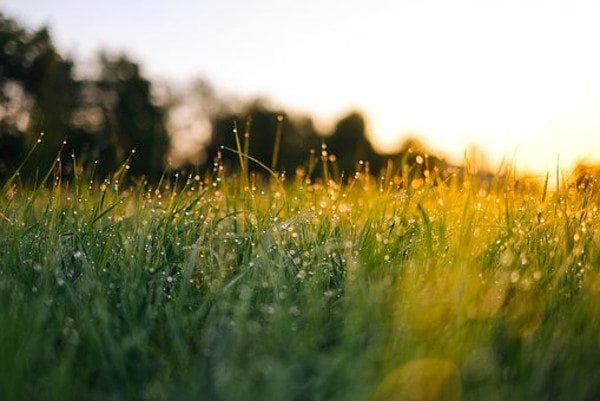Have you ever chewed the sweet fluid out of a fresh grass stem? Most likely you have done it so many times that you are well aware of the difference between doing it in the spring, when grass is lush and in the late summer, when it has turned yellow and stiff. But what may be a gastronomic grass exercise to you, is serious business to thousands of dairy farmers that constantly seek to optimize their forage diet to get most milk in the bucket.
So, what is the recipe for squeezing more milk out of your forage grass? Forage grass consists of fresh-, dried-, or ensilaged vegetative plant parts. Fed together with concentrates they provide necessary structure to the rumen processes preventing diarrhea and ensuring a steady diet passage rate. This process is primarily determined by cell wall properties. The more digestible, the higher the passage rate will be and consequently more energy is provided for lactation.
The cell wall consists mainly of β-glucanes, pectines, cellulose, hemicellulose and lignin. While pectines and β-glucanes are completely digestible by rumen microbes, lignin is indigestible and it’s covalent binding to the other fiber parts, also prevents active enzymes in braking them down. The digestibility of cellulose and hemicellulose varies and depends, among other factors, on cutting time, weather and fertilization, but we have also seen a difference between grass varieties, when they are compared under the same growing conditions. DLF R&D test all breeding material and varieties for feeding value, and we have realized that especially one measurement is outstanding in describing feeding value: Digestibility of Neutral Detergent Fiber (DNDF).
High cell wall digestibility enables a higher feed intake, which again results in more milk and reduced costs for bought-in concentrate. Feeding trials and calculations have shown that increasing cell wall digestibility with 1% translate itself into 0.25 l more milk per cow per day.
NDF is a widely used forage measurement, which reflects the total amount of cellulose, hemicellulose, and lignin. Determining the cell wall digestibility can be done in various ways. The most accurate, is to dump a small nylon-bag filled with a grass cell wall sample directly into the rumen of a fistulated cow and leave it there for up to 12 days. What disappears from the sample through the incubation equals the digestible part of cell wall. Although being very accurate, the method is not practically scalable to the thousands of samples we analyze every year. An alternative method with very good correlation to in vivo measurements is the Neutral Cellulase Fiber analysis (NCF), in which NDF is subject to cellulase treatment instead of rumen fluids.
DLF R&D use this analysis to characterize the feeding value of about 4000 carefully chosen subsamples out of our global breeding programs. For the remainder (>200,000 cuttings annually) we rely on near infrared scanners installed on the harvesters, which predicts the NCF value of each cut by a calibration that is based on the 4000 subsamples. This allows us to make annual breeding gains not only for yield but also for feeding value.
Overall, good pasture quality gives more milk in the tank and saves you purchase of supplementary feed. In other words: There is money in finding the right grass mixture, where you can reap a high yield of digestible grass. DLF varieties with high cell wall digestibility is a good starting point for this – look for the milk glass logo, this is your guarantee for sound and sustainable varieties.







